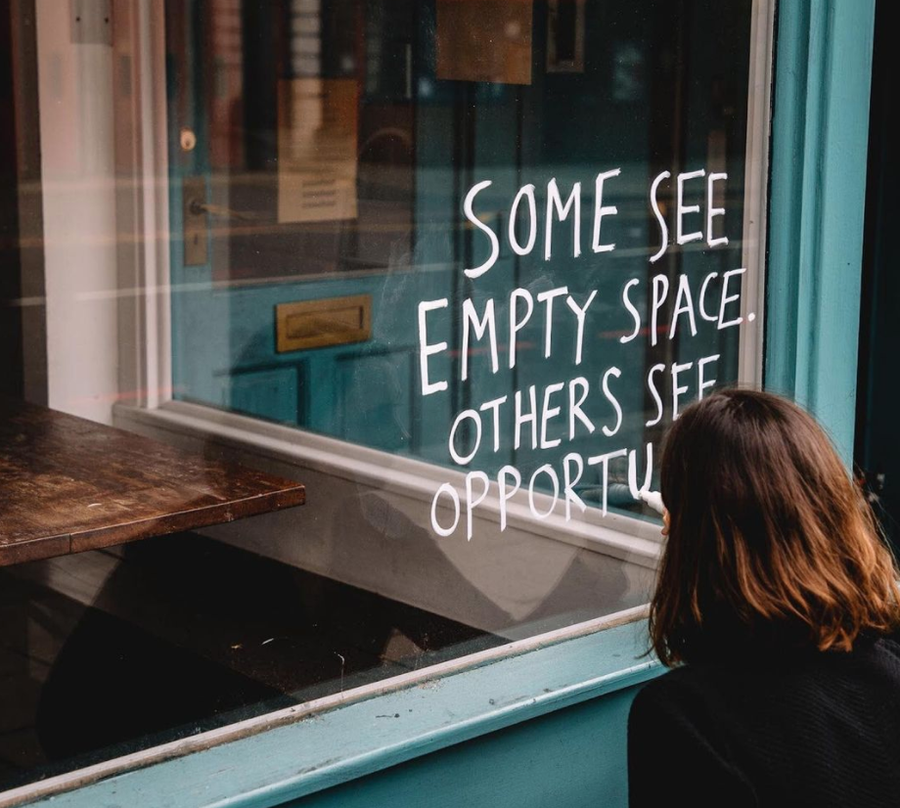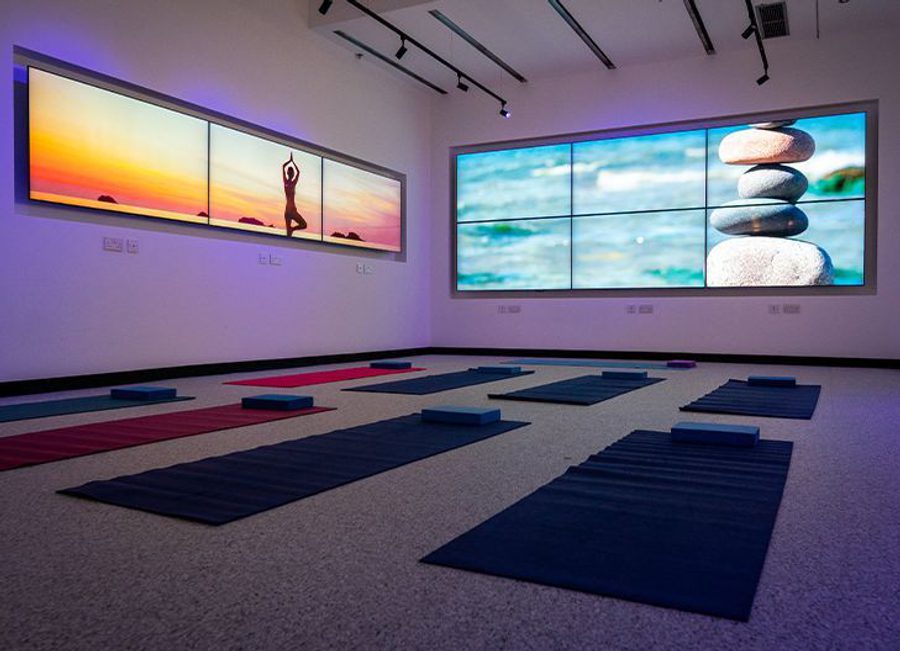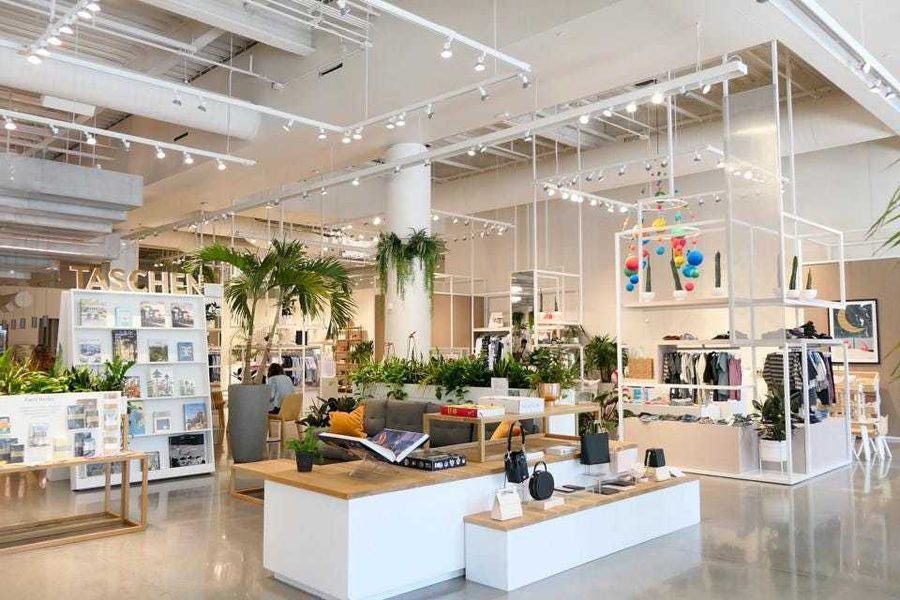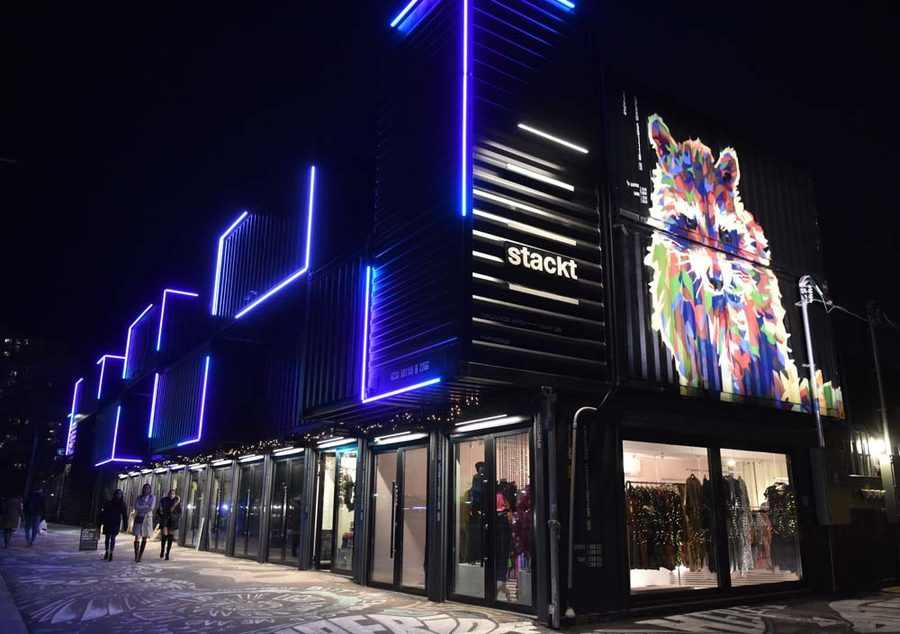New Retail - A more flexible Future?
David Wright discusses innovations across new flexible retail platforms and what this might mean for the 'new retail' landscape.


David Wright discusses innovations across new flexible retail platforms and what this might mean for the 'new retail' landscape.


Temporary and flexible retail spaces have been on the rise for years, but their use will now only accelerate. The pandemic has accelerated the shifts in how physical retail is viewed, including driving a need for more flexible concepts and models. A number of factors are in play.
With adversity comes opportunity. The continuation of store closures, exaggerated by the pandemic, has actually meant retail space has become more available. Landlords and developers have responded and now understand the need for more favourable terms and new flexible arrangements and models to make the available spaces more attractive. Recent research by CRBE showed that rents have fallen by as much as 37.5% in some parts of NYC! This is enabling more short-term agreements, as it is just cheaper and easier to take space, but also more medium-term arrangements (no longer defined as 5-10 years, but 1-2 years). These will not just be taken up by smaller, independent brands or as tactical marketing activations, but by DTC/Digital native businesses who see the benefits of physical space (more on this later), and ‘established’ brands taking the opportunity for agile options and trials.
There are other cost factors at play. This growth in testing physical retail, especially by DTC/Digital native brands, is in part due to the gap between online customer acquisition costs (CAC) and rent shrinking. Simply put, there are much cheaper rents but higher digital advertising costs, with potentially reduced efficacy. The cost / reward gap is narrowing in some ways between the budget spend on physical space and that on digital marketing activities.
Building on these cost-based factors, increasingly the same DTC brands/Digitally native brands are now seeing the benefit of physical spaces as another way to connect with their audiences, in a new and more human way, as part of their customer’s journey and relationship. We all know that spaces can help a brand form an even closer relationship with their customers whilst also discovering more about them. By having a physical presence, these brands are more visible, accessible, and connected, and can maintain or even build market share when customer growth and acquisition might have plateaued.

We see a future where more of the ‘physical’ retail landscape will be flexible - 20% or even 30%.
Today there are more platforms making it easier for brands to find flexible opportunities. Think of Appear Here and others who act as brokers, akin to an ‘Airbnb for retail’, that make access easier. Other recently launched models such as Sook have created spaces that brands can rent with a ‘plug and play’ model for shorter time periods. Or Situ Live, which has created ‘Discovery Houses’ acting as a showcase for a revolving set of guest brands. This allows businesses to get their product directly in the hands of consumers with very limited requirements and outlay. A similar model,‘The Latest’ store in Berlin, allows start-ups to take a defined area within which to showcase their products. They rent this space, paying a monthly fee for three to six months, with all sales going directly to the brand.

A number of multi-brand retailers have also embraced flexibility as a means of mitigating risk - investing broader but shallower, and constantly reviewing, allows retailers to change course with more agility if a category does not perform as expected. An interesting example is Neighbourhood Goods, with its new take on the department store - curating and rotating a selection of guest brands. According to co-founder & CEO Matt Alexander, this model resembles a number of things, from a pop-up, to wholesale, to testing in IRL to a marketing channel. This is a flexible and changing offer, curated around its location and community, bringing innovation and inspiration to its customers.

There is now also a new type of developer and landlord, looking to support brands with developments designed around shorter-terms leasing. Stackt in downtown Toronto is one such development, billed as a temporary mall for pop-ups (and taking strong cues from Boxpark), it offers a variety of flexible leases that range from one year to a single day.

As we’ve discussed, it has never been more affordable, quicker, or easier for brands to dip their toes into the world of physical retail but, in the same way traditional bricks-and-mortar should support themselves with online and digital counterparts, these physical flexible formats must do the same and be supported by a backbone of digital infrastructure. To thrive, these flexible spaces should be paired with digital activity, including the scaling of any physical ideas and activations with a complimentary virtual activation. This digital activation will enable the idea to live beyond its purely physical location, with the ability to reach and engage a much wider audience. As example, the ‘Kaws' show at the Serpentine Galleries in London had a digital/virtual Fortnite twin. The average Serpentine show has around 35,000 visitors, while Fortnite has 80.4 million monthly active players - as reported by Stylus https://lnkd.in/dJrMzgzm - so the benefits are obvious. Or more recently, and to coincide with Milan Fashion week, Benetton temporarily transformed their Milan store into a mixed-media experience to connect to their soon-to-be launched Metaverse ‘store’. Linking the brand across a number of platforms; a fashion event, physical store location, and new digital space, cleverly gives credibility to the newer concepts whilst breathing freshness into the established three-dimensional environment.

This more flexible approach to retail space is all happening right now and we should expect to see more brands popping up. We can see a future where much more of the ‘physical’ retail landscape will be flexible - maybe 20% or even 30%. And that sounds like an exciting and interesting place.

The first ever SXSW London took over Shoreditch this month, offering a wealth of inspiration and insights across tech, business and culture. We share our thinking into how it can return even bigger and better for 2026.

